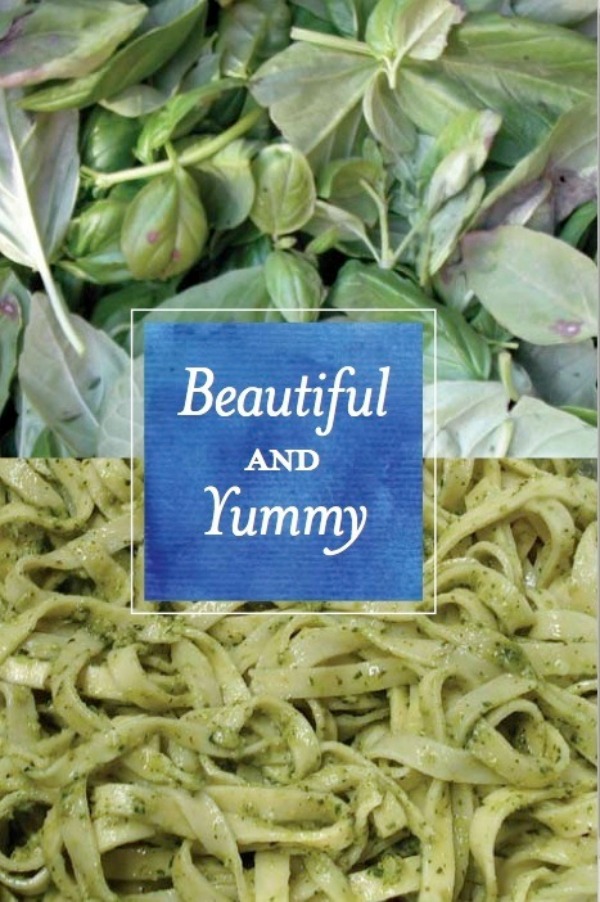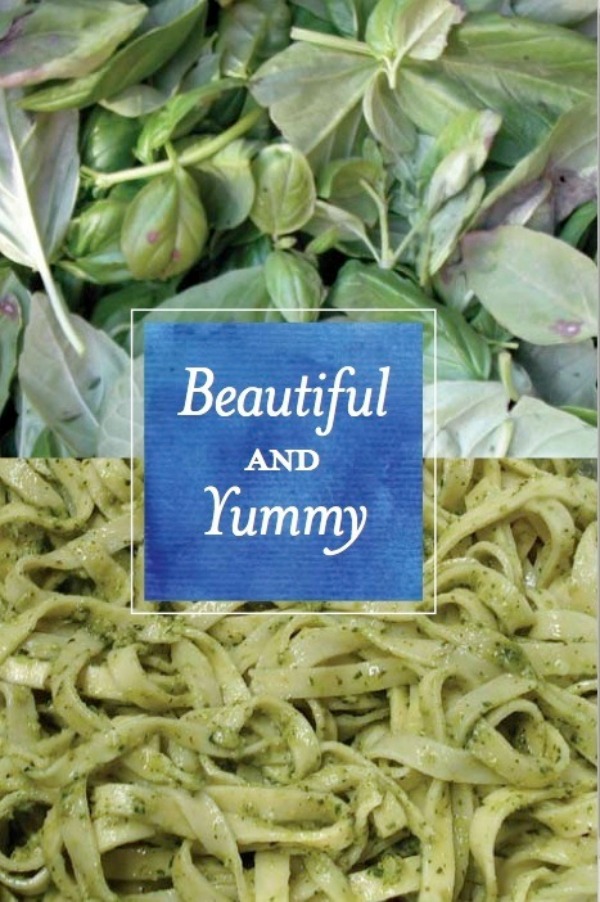This is the sequel blog to the “Protocols and Learning at La Scuola, Miami” (aka, my favorite birthday present).
At our day at La Scuola, two rich discussions of project stories (of Coco the rooster and the Pine Rocklands) were followed by another discussion where we looked closely at a collection of excellent student work that Louise has collected over the years. From our observations we discerned many of the elements of good books about student projects.
In general we thought that the books fell into three categories: collections that created a collage of identity and community; the story of a learning journey; or an informative piece advocating for a particular action (e.g., Pine Rocklands) or elaborating on a frequently asked questions, or expounding on new understanding of basic ideas (e.g., an alphabet book).
Graphically we recognized a high degree of consistency with font, font size, a font/size hierarchy; a sensiivity for white space and color coding; and a repeated and pleasing pattern for layout. It was obvious in several cases that the teachers had benefited from the direct support of professional graphic artists...a good thing, if available. In one case we knew that the graphic artist was a parent...hint, hint....
Photographically we saw high quality and imagined a ruthless editing process…accepting only the BEST.
The longer books were organized with a prologue, table of contents, series of chapters and an epilogue…or postscript that described the meaningful learning that occurred…and/or skills developed (some books accomplished this with a clear “curriculum map”).
Thematically we noticed a strong connection with the natural world and an authentic connection between the children and their community. We read the voice of the children everywhere, especially in the titles and highlighted quotes.
Finally, we circled back to the original project story presentations of Judy Del Rio and Yemmi Garcia, and collectively we imagined what they each could do with the next drafts of their books. With Judy, the first grade students and their teacher had two audiences, their parents and school community (and other educators), and the general public. With the former group, Judy wanted to be sure to explicate the process of learning and the skills developed. With the general public, the book needed to be a direct, compelling composition of advocacy. The solution was two books.
Yemmi's first draft was an extensive chronology of the three year olds' experiences with Coco, the rooster. The story itself is compelling. However, the essential learning was only implicit. Here the idea developed that Yemmi's next draft could be organized in chapters, with a prologue giving the context for the story and an epilogue about the subsequent developments in the children's work. Chapter One would be a succinct retelling of the story. Chapters Two-Seven would each focus on an aspect of learning and would relate both to the story and to demonstrative episodes. Chapters might include: Discovering Vital Needs (food, water, shelter, fun); Rooster Relations (developing trust); Coco Talked to Us (language development); Coco and 21st C. Skills (persistence, problem solving, collaboration, empathy..."stranger to friend"); The Pedagogy of Coco (use the obvious to discover the unexpected; observe, listen, follow, guide; children are powerful, so, empower them; guide children to reflect); Coco Lives On (relationships live on and manifest in new ways).
As I declared at the opening of the previous blog, this was one of the most productive professional development sessions I’ve ever participated in…a wonderful birthday present, indeed. Now, the next most wonderful present will be the books themselves! And, for them, the best thing is, I (WE) won't need to wait until my next birthday. La Scuola plans to publish them by June! Stay tuned.
* The books included here are from our Cadwell Collaborative Collection from The College School.





